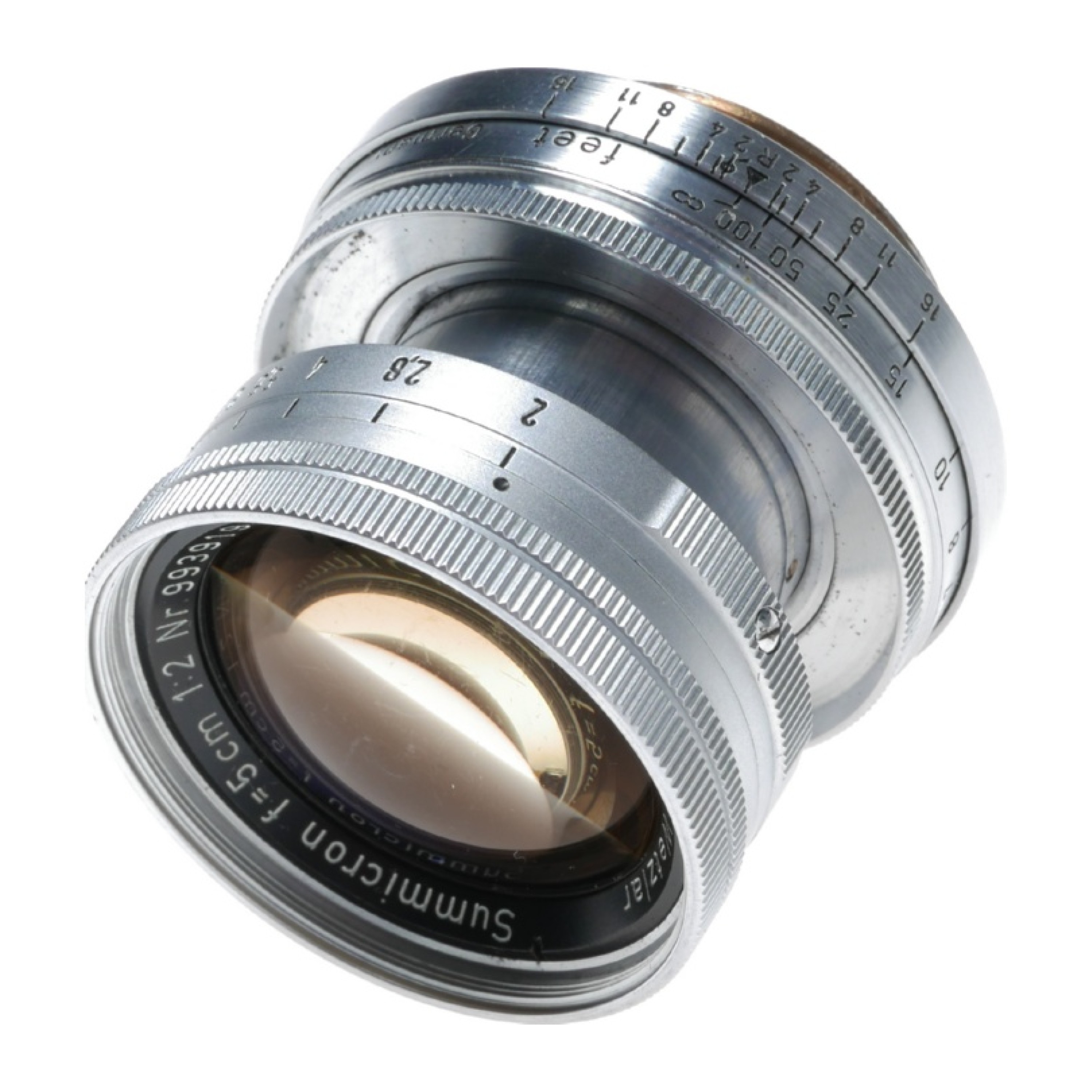
Flare occurs when stray light strikes the front element of a lens and then bounces around within the lens. Handbook of the LEICA system (September 1995).Ī lens hood or lens shade is a device used on the end of a lens to block the sun or other light source in order to prevent glare and lens flare.Lenses for the LEICA R system booklet (PUB.Leica R-System: Lenses booklet (April 1999).*) Sources of data: Manufacturer's technical data Leitz / Leitz Wetzlar Extender-R 2x → 100mm F/4.

The drive then shifts the lens to the corresponding focusing position on the basis of the angle of rotation and the rotational speed – this in turn enables even faster and more precise manual focusing. A sensor monitors the status of the magnetic field and sends the data to the main processor. The magnetic field changes its polarity when the ring is turned.

In this concept, a ring magnet with alternating north-south polarization is embedded in the manual focusing ring. Leica Camera also takes an innovative approach in the case of manual focusing technology: Summicron-SL lenses feature a totally new manual focusing ring construction concept.

Thanks to these, the entire focusing throw can be traveled completely in only around 250 milliseconds. The autofocus drive of all Summicron-SL lenses employs extremely powerful and robust stepping motors with DSD® (Dual Syncro Drive™). Natural skin tones, soft transitions into the bokeh, outstanding contrast in details and consistent sharpness from edge to edge of distortion-free images are further quality characteristics of lenses manufactured by Leica Camera, and also apply to the APO-Summicron-SL 50mm f/2 ASPH. In view of this, stopping down is exclusively a creative imaging tool, and is not necessary for achieving better imaging performance. After all, Leica lenses fulfill the following promise: the maximum aperture is a working aperture.

Twelve extremely complex lens elements – three of which have aspherical surfaces – arranged in ten groups contribute to the ultimate in terms of image quality, even wide open. is also fully compatible with cameras manufactured by other partners of the L-Mount Alliance that also use the lens mount developed by Leica. Thanks to the L-Mount standard, the APO-Summicron-SL 50mm f/2 ASPH. sets standards and takes its place as the new reference lens among the standard focal lengths. As is the case with the other Summicron-SL lenses, the APO-Summicron-SL 50mm f/2 ASPH. Its focal length makes the new SL-Lens extremely versatile and recommends it for use in almost any situation – for instance, reportage and travel photography, studio work, architectural, landscape, portrait, close-up or documentary photography. Leica Camera AG has expanded the Summicron-SL lens family with another high-performance lens: the Leica APO-Summicron-SL 50mm f/2 ASPH.


 0 kommentar(er)
0 kommentar(er)
